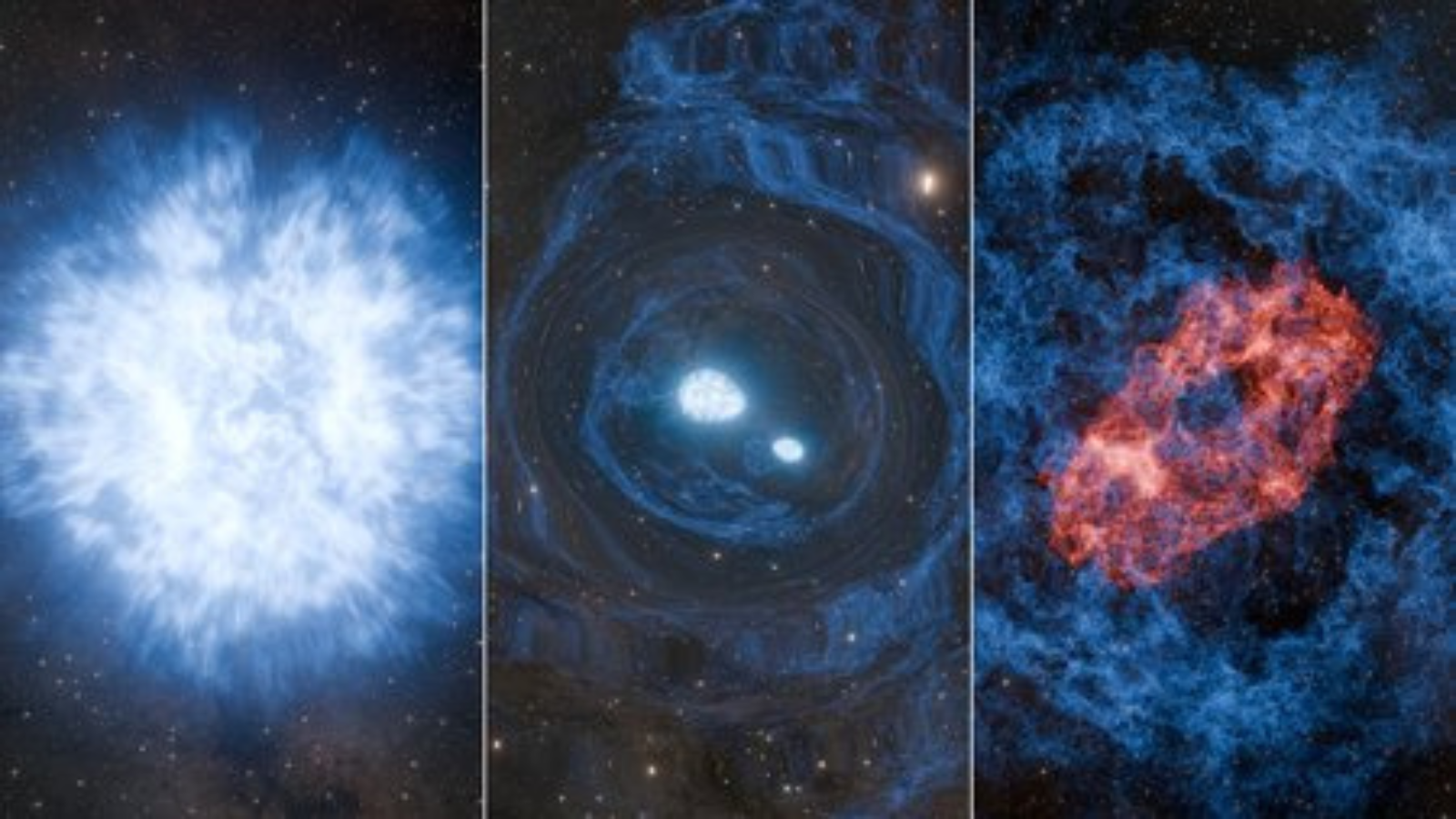New Forecast: Severe Space Storm Headed to Earth
Editor's Note: This forecast replaces the predictive aspects of this earlier story on the solar flare.
Space weather forecasters revised their predictions for storminess after a major flare erupted on the Sun overnight threatening damage to communication systems and power grids while offering up the wonder of Northern Lights.
"We're looking for very strong, severe geomagnetic storming" to begin probably around mid-day Thursday, Joe Kunches, Lead Forecaster at the NOAA Space Environment Center, told SPACE.com this afternoon.
The storm is expected to generate aurora or Northern Lights, as far south as the northern United States Thursday night. Astronauts aboard the International Space Station are not expected to be put at additional risk, Kunches said.
Radio communications, satellites and power grids could face potential interruptions or damage, however.
Solar flares send radiation to Earth within minutes. Some are also accompanied by coronal mass ejections (CME), clouds of charged particles that arrive in a day or two. This flare unleashed a strong CME that's aimed squarely at Earth.
"It's got all the right stuff," Kunches said.
Breaking space news, the latest updates on rocket launches, skywatching events and more!
However, one crucial component to the storm is unknown: its magnetic orientation. If it lines up a certain way with Earth's magnetic field, then the storm essentially pours into our upper atmosphere. If the alignment is otherwise, the storm can pass by the planet with fewer consequences.
Kunches and his team are advising satellite operators and power grid managers to keep an eye on their systems. In the past, CMEs have knocked out satellites and tripped terrestrial power grids. Engineers have learned to limit switching at electricity transfer stations, and satellite operators sometimes reduce operations or make back-up plans in case a craft is damaged.
Another aspect of a CME involves protons that get pushed along by the shock wave. Sometimes these protons break through Earth's protective magnetic field and flood the outer reaches of the atmosphere-where the space station orbits-with radiation. The science of it all is a gray area, Kunches said. But the best guess now is that there will only be a slight increase in proton activity. That's good news for the astronauts.
"When the shock goes by, we don't expect significant radiation issues," he said.
The astronauts were ordered to a protective area of the space station as a precaution last night.
Now that sunspot number 930 has flared so significantly-after several days of being quiet-the forecast calls for a "reasonble chance" of more major flares in coming days, Kunches said.
Cool Sun Science Videos
- Danger! Solar Storm
- Deep Inside the Sun
- Spectacular Close-Ups
- Images: Solar Flares
- VIDEO: Danger! Solar Storm
- Sun's Next Stormy Cycle Starts
- All About Solar Flares
- Live Sun Cam

Rob has been producing internet content since the mid-1990s. He was a writer, editor and Director of Site Operations at Space.com starting in 1999. He served as Managing Editor of LiveScience since its launch in 2004. He then oversaw news operations for the Space.com's then-parent company TechMediaNetwork's growing suite of technology, science and business news sites. Prior to joining the company, Rob was an editor at The Star-Ledger in New Jersey. He has a journalism degree from Humboldt State University in California, is an author and also writes for Medium.
